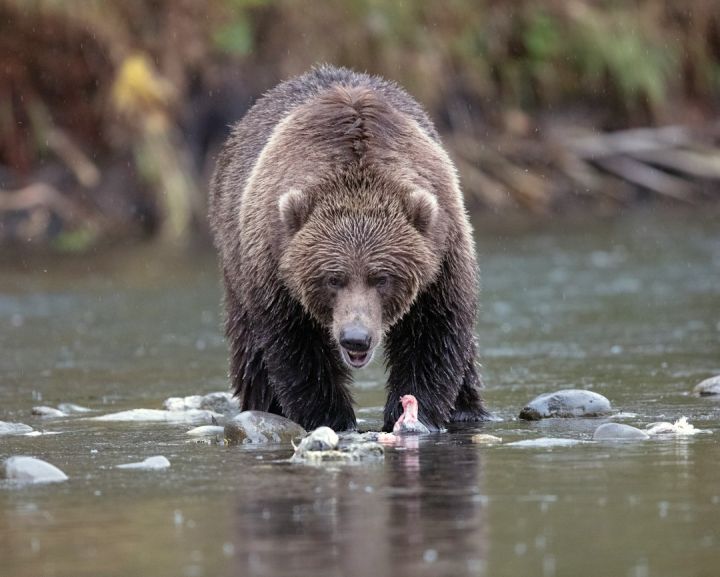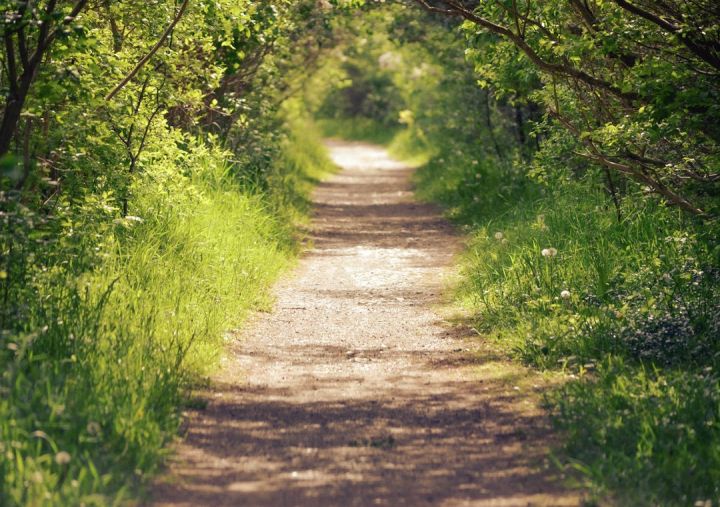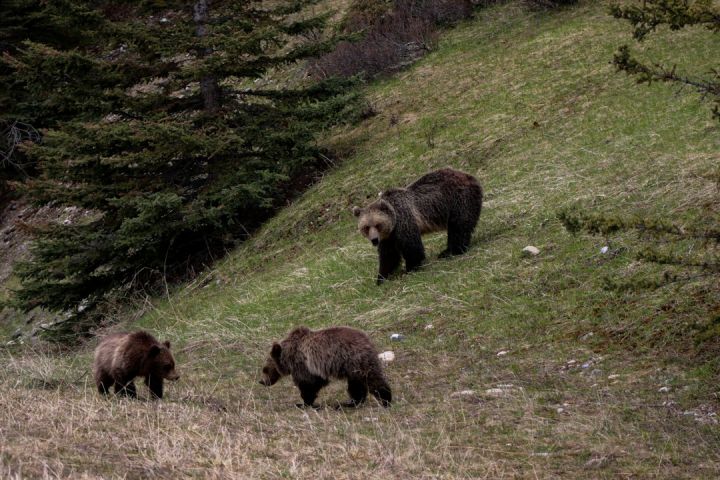How to Read Bear Signs while Hiking?
Hiking in the great outdoors can be an exhilarating experience. The fresh air, breathtaking views, and the sense of adventure make it a favorite pastime for many. However, it is important to be aware of the potential dangers that come with hiking in bear country. Bears are majestic creatures, but encountering them in the wild can be risky. Learning how to read bear signs can help you stay safe and make informed decisions while hiking. In this article, we will explore the different signs that indicate the presence of bears and what they mean.
Tracks and Footprints
One of the most common bear signs you may come across while hiking are tracks and footprints. Bears have distinctive paw prints that are easily recognizable. Their front paws are larger than their hind paws, and their claws often leave marks on the ground. When you see bear tracks, it is best to be cautious and proceed with care.
Scat and Droppings
Bear scat, or droppings, can provide valuable information about a bear’s diet and presence in the area. Fresh bear scat is often moist and dark in color, while older scat may be lighter and dried out. The contents of the scat can also indicate what the bear has been feeding on. Berries, nuts, and seeds are common in bear scat during the summer months, while in the fall, scat may contain more fibrous material from grasses and shrubs. If you come across bear scat, it is a good idea to move away from the area and keep a lookout for any other signs of bear activity.
Tree Scratches and Rubs
Bears have a habit of scratching their backs and rubbing against trees to mark their territory. Look for trees with rough bark that has been peeled away or rubbed smooth. These scratches and rubs are often located at a height that is within the reach of a bear, indicating their presence in the area. While these markings may not be a direct threat, it is a sign that bears frequent the area and caution should be exercised.
Overturned Rocks and Logs
Bears are known to overturn rocks and logs in search of food, such as insects and grubs. If you come across rocks or logs that have been disturbed or flipped over, it could be a sign that a bear has been foraging for food nearby. Exercise caution and be alert to any other signs of bear activity in the area.
Bear Dens and Sleeping Areas
During the winter months, bears hibernate in dens to conserve energy. These dens are often located in secluded areas, such as caves or hollowed-out tree trunks. If you come across a potential bear den, it is best to leave the area immediately. Disturbing a bear during hibernation can be dangerous for both you and the bear.
Conclusion
While hiking in bear country can be an exciting adventure, it is essential to be aware of the signs that indicate the presence of bears. By learning how to read bear signs such as tracks, scat, tree scratches, overturned rocks, and bear dens, you can make informed decisions and stay safe while enjoying the great outdoors. Remember, bears are wild animals, and it is important to respect their space and keep a safe distance. Stay alert, be prepared, and enjoy your hiking experience in bear country responsibly.






